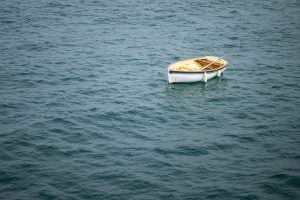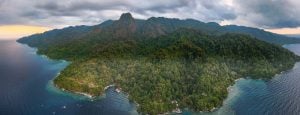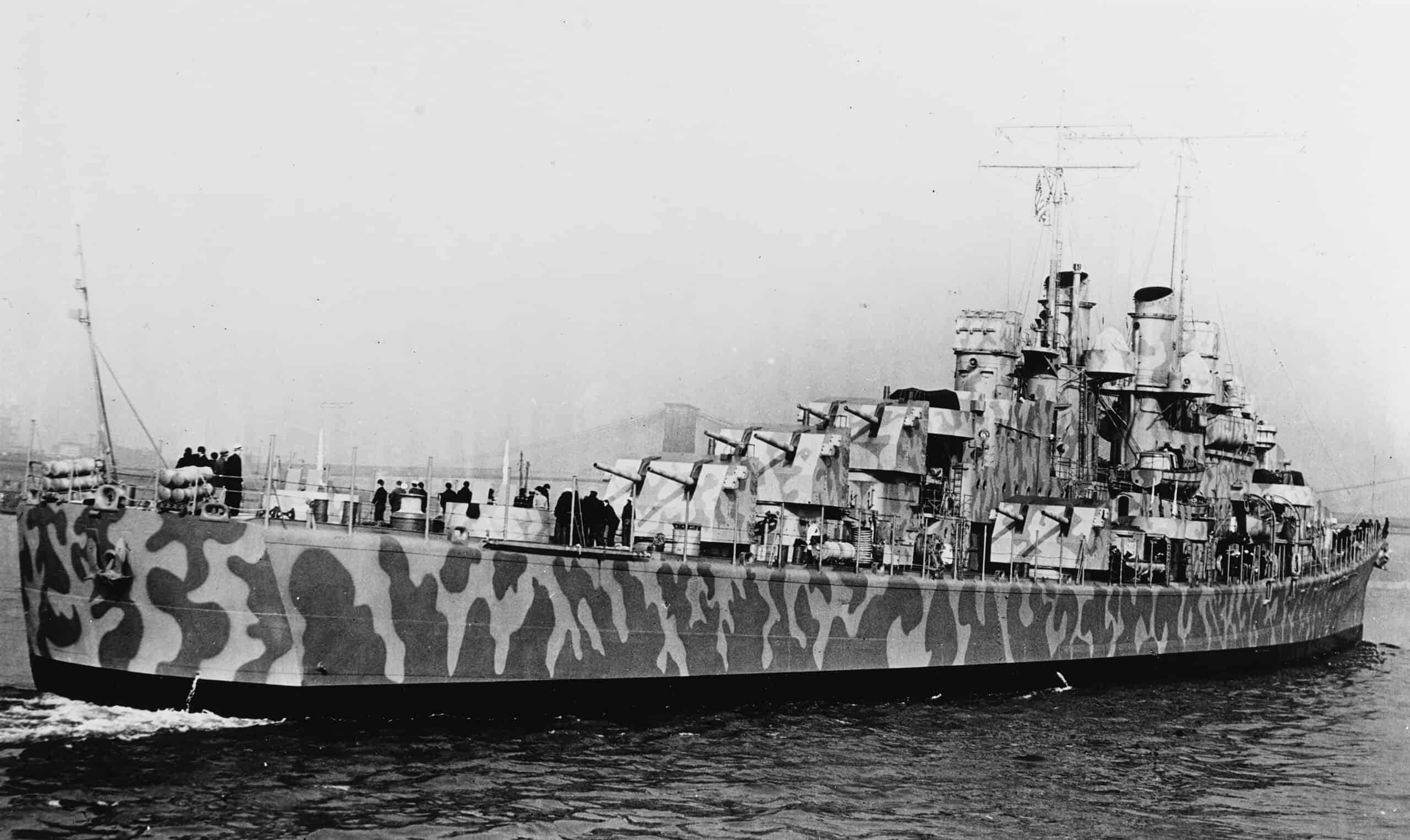
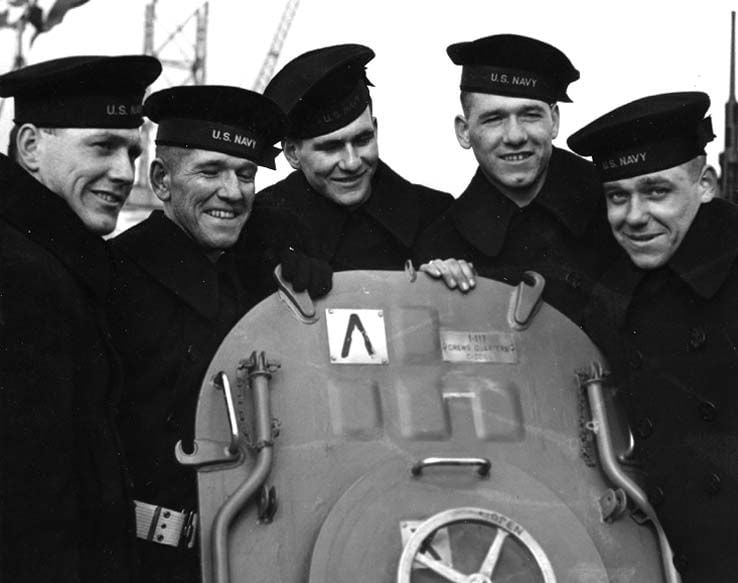

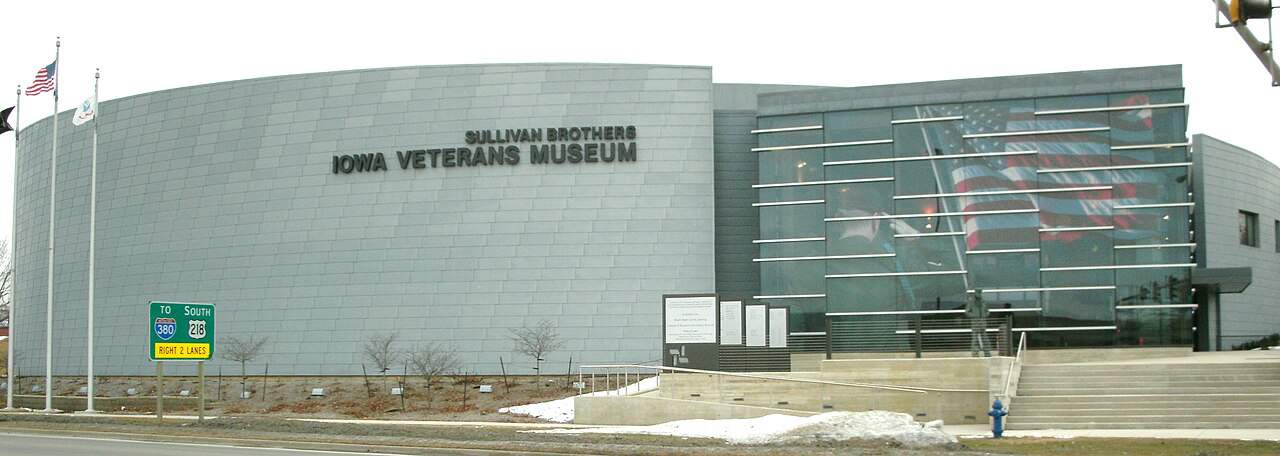
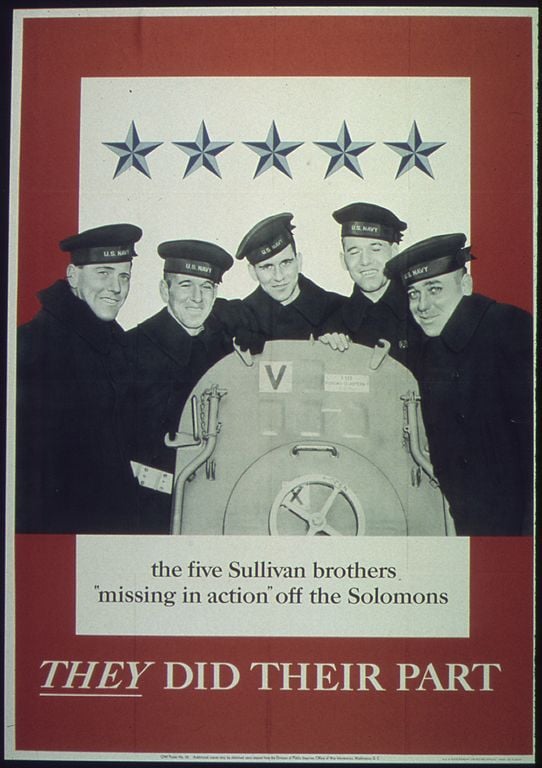
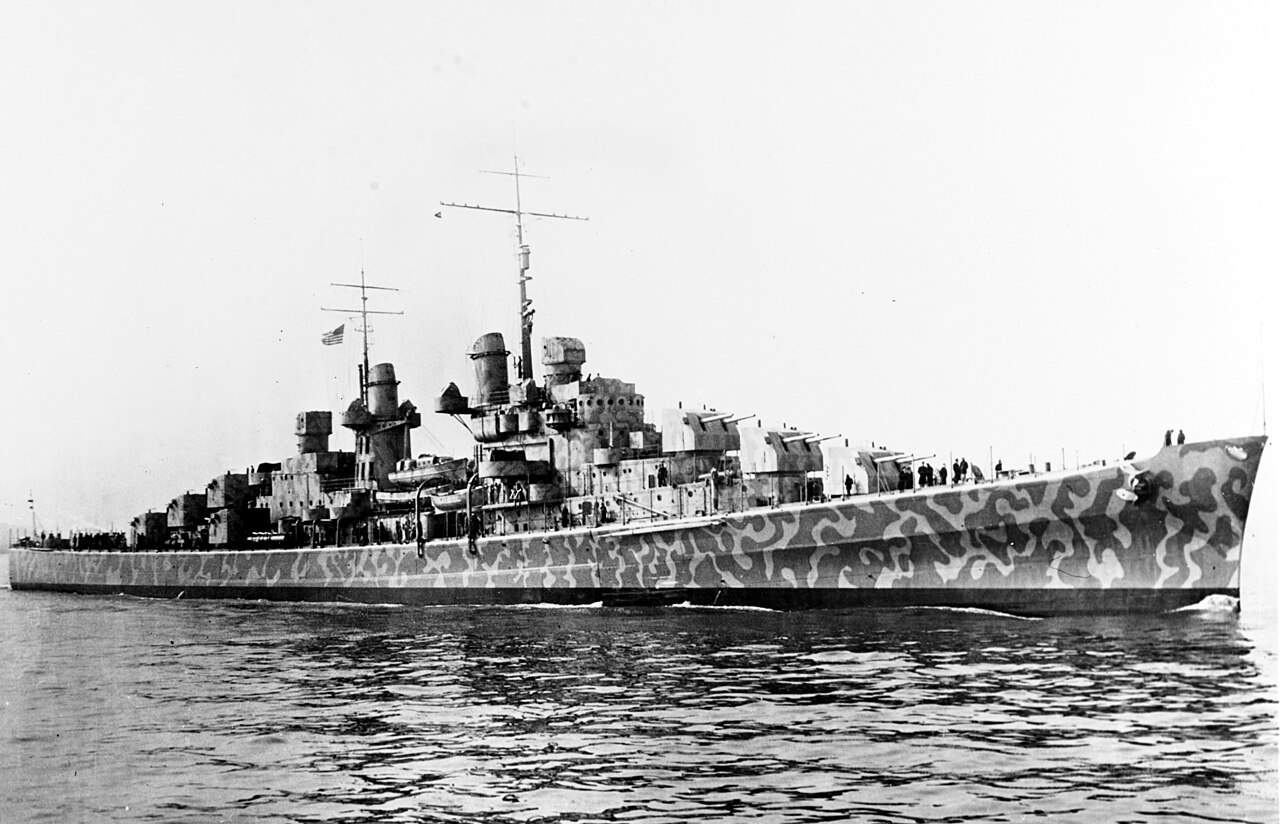
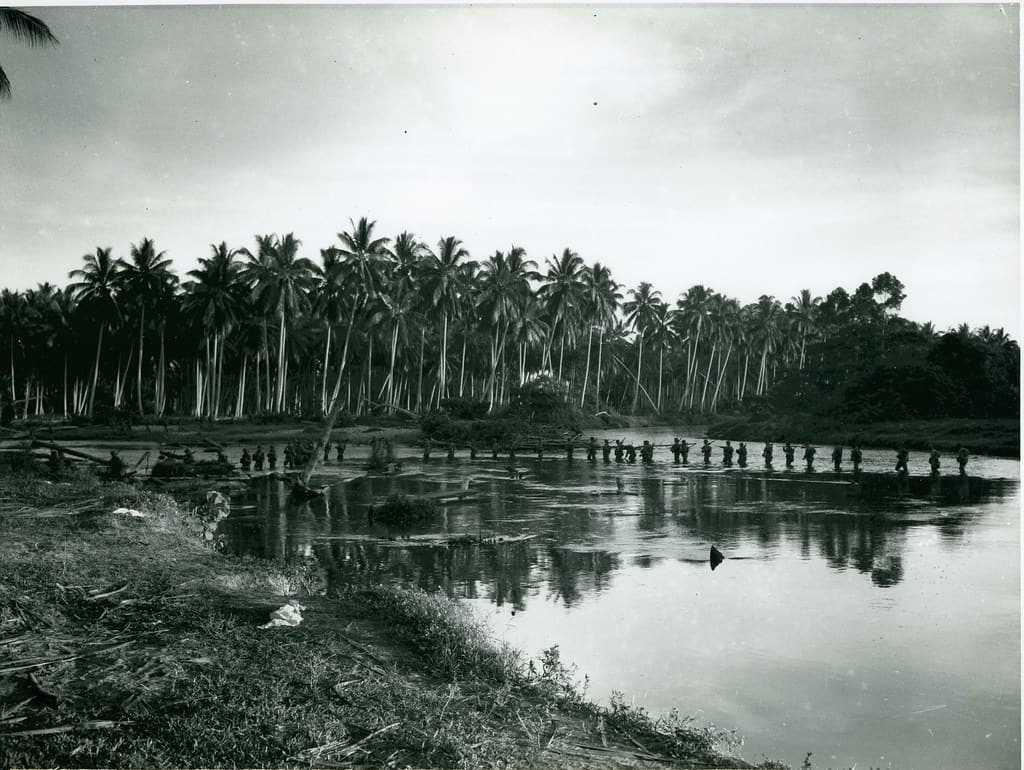
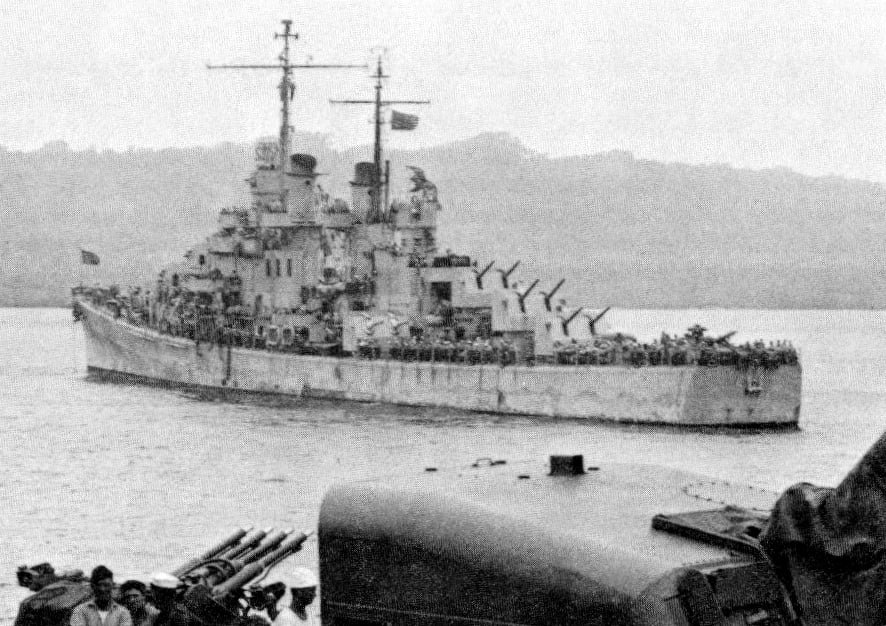
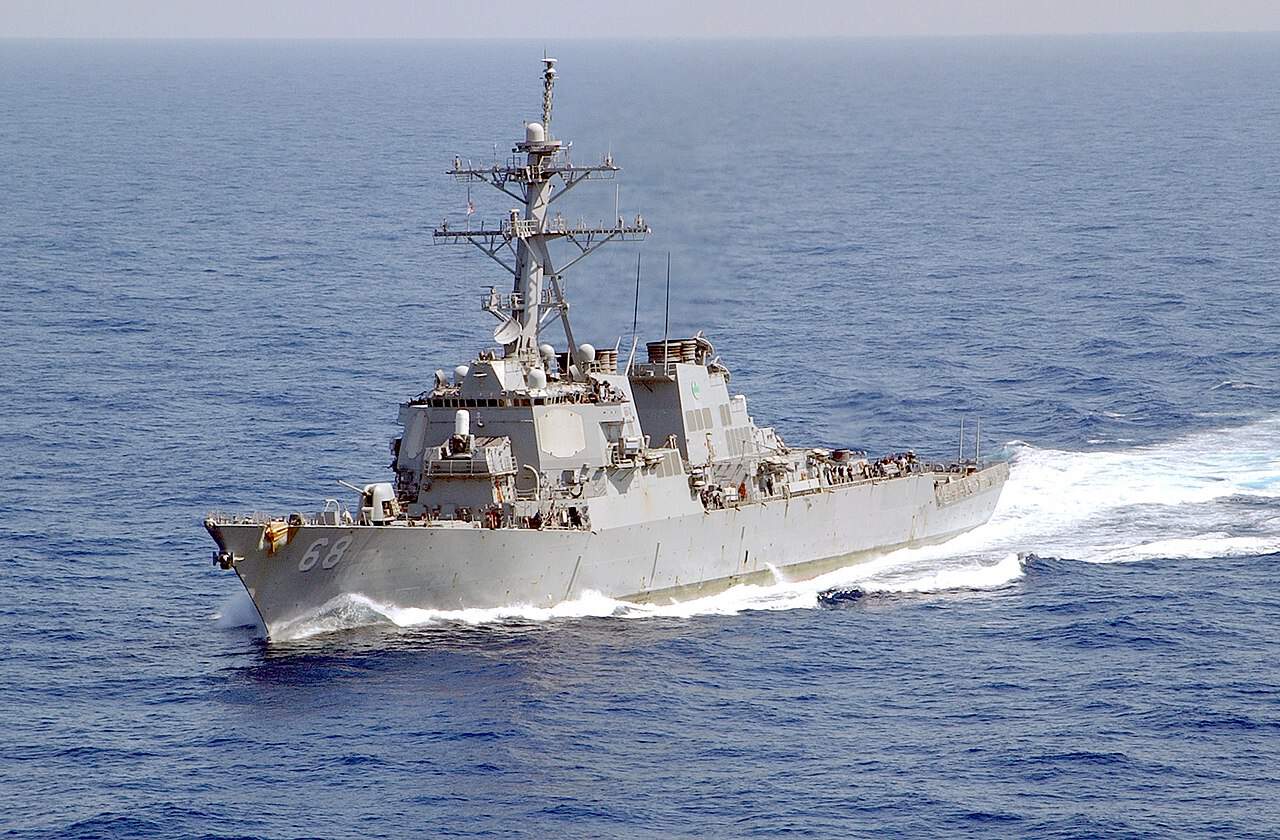


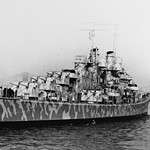
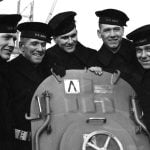






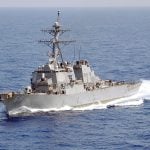


The 5 Brothers that Perished on the Same Day in WWII
One of the most emotional aspects of the movie Saving Private Ryan is the family's pain when they find out about their boys. The hope that one child would survive was not just the movie’s plot but that he could be sent home to be with his family. This story was inspired, in part, by that of the Sullivan brothers, five brothers from Iowa who served in World War II and were all killed in action.
Five Brothers
Born and raised in Waterloo, Iowa, the five Sullivan brothers were Goerge, Francis, Joseph, Madison, and Albert. The brothers also had a sister, Genevieve, who served as a WAVES (Women Accepted for Volunteer Emergency Service) member, the all-female branch of the United States Naval Reserve.
Inspired to Serve
Genevieve’s boyfriend, Bill Ball, had served on the USS Arizona and was killed while serving on the ship as it was attacked at Pearl Harbor. It was this incident that prompted all five Sullivan brothers to sign up for military service and avenge Bill’s death.
Rules Against Siblings
The Sullivan brothers enlisted to serve in the Navy on January 3, 1942, but the Navy did not yet have a rule against siblings serving together. This rule didn’t begin until later in 1942 when the Navy declared that siblings would serve separately, though it’s known this wasn’t consistently enforced.
Brothers on Board
The irony of the Navy’s rules is that the Sullivan brothers were not the only brothers on board the light cruiser USS Juneau. At least 30 separate sets of brothers were also serving on board the Juneau, including two Rogers brothers from Bridgeport, Connecticut.
The USS Juneau
A light cruiser, the USS Juneau, CL-52, was launched on October 25, 1941, and commissioned into the Navy on February 14, 1942. Part of the Atlanta class of cruisers, the Juneau and its sister ships were known for its anti-aircraft capabilities.
Guadalcanal Campaign
The USS Juneau participated in the months-long Guadalcanal Campaign, which began against the Japanese in August 1942. The Juneau was part of Task Force 67, assigned to protect troop transports as they made their way to the island. However, the Juneau was struck by a torpedo from the Amatsukaze and lost electrical power, forcing it to leave the battle area.
Juneau Sinking
As the Juneau was leaving the battle area with other US warships, the fleet was spotted by the Japanese submarine I-26. The submarine fired two torpedoes at the USS San Francisco, which missed, but one of the errant torpedoes hit the Juneau. As the torpedo hit near the ammunition magazines, the explosion was significant, breaking the ship in half and causing it to sink quickly.
Search Efforts
The chaos of the battle that was still taking place and the presence of Japanese submarines hindered search efforts. At least 100 Juneau crew members were believed to be alive in the water. A B-17 bomber crew, which was not allowed to break radio silence, failed to radio to Navy command that survivors were in the water. It took days before a search effort was put together.
Letters Home
US Naval security demanded that the loss of the Juneau not be reported, and letters from the Sullivan brothers stopped coming home. The boy's parents wrote a letter to the Navy in January 1943 after hearing rumors that all five brothers were killed in action.
President Roosevelt
The letter from the Sullivan parents reached the desk of President Roosevelt, who personally wrote back to the family indicating the brothers were missing in action. Unfortunately, the Navy had already notified the family by January 12, 1943. When Tom Sullivan asked the lieutenant commander, doctor, and chief petty officer who approached his door, “Which one?” referring to his boys, the officer replied, “All five.”
